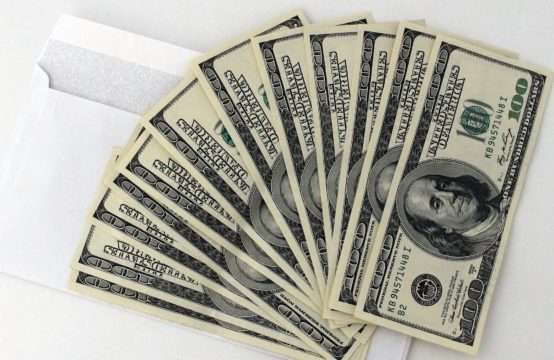What is Purchase and Sale (P&S)?

Purchase and Sale is the stage of home-buying when you and the seller will work with attorneys to create an agreement, called the Purchase and Sale document. This document replaces the Offer to Purchase letter.
The P&S Document
The Purchase & Sale document generally has three parts
- The standard P&S agreement, which is very similar in all contracts but will have specific information about your home, such as your closing date and any items that you and the seller have agreed will stay in the home, such as curtains, washer and dryer, etc.
- The ‘riders’ (or addendum) that your attorneys will propose to add additional protection for you and the seller
- Any other amendments, concessions, or repairs that you and the seller have agreed upon after the inspection
Executing the P&S
Once the agreement has been reviewed by the buyer, the seller, and your attorneys–and all final changes made and agreed upon–the agreement will be executed.
Typically, the buyer executes (signs) the agreement first, either electronically or on paper.
What Happens Next
Once the P&S document is signed, the buyer will make a deposit for the amount specified in the original Offer to Purchase (usually 5% of the offer price). This deposit will be held in an escrow account until closing.
The fully executed P&S document is then distributed to the buyer, the seller, both agents, both attorneys, the closing attorney (if different from the buyer’s attorney), and the lender or mortgage company.
What You Need to Know About Closing
Closing is sometimes called “the passing of the papers.” This is the point at which the sale of your home becomes final, and your home finally becomes yours!
What Happens Before Closing?
One or two days prior to the closing, we do a final walkthrough of your new home. This is to make sure everything is in the same condition it was during the P&S stage, or to confirm that all of the mutually agreed upon inspection items have been addressed.
For example, did the seller leave the washer and dryer, as you agreed they would? Has anything been left behind that you’ll need to pay to remove? If needed, the attorney will adjust the closing paperwork to accommodate these last-minute changes.
Before closing, you should also transfer the home’s water, heating, and other utility bills into your name starting from your closing date. And, make sure that your home and any land you’ve bought is insured.
You will also need to have the closing funds (down payment) available at least two days prior to closing. The monies have to be in the form of a cashier’s check or wire transfer (personal checks are not accepted). The funds are usually transferred to your attorney’s office.
Who Attends Closing?
You, your attorney, and the seller’s attorney.
Sometimes the seller will be there, but they don’t have to be. Your buyers agent and the seller’s agent may be there as well.
What Happens During Closing?
Your attorney will arrive with paperwork for you to sign. It may seem like a lot, but don’t worry! The closing attorney will explain what each document is before you sign it. And, at this point you and the seller will have agreed on terms, so there won’t be any surprises.
Once the paperwork is signed, the closing attorney will make sure it is recorded in the local Registry of Deeds. After that, the attorney will transfer payment for your home from you to the seller through check or wire transfer.
Most closings take place earlier in the day so that both of these events can happen on the same day as the closing. Once the transfer is complete, you’ll be handed the keys to your new home.




